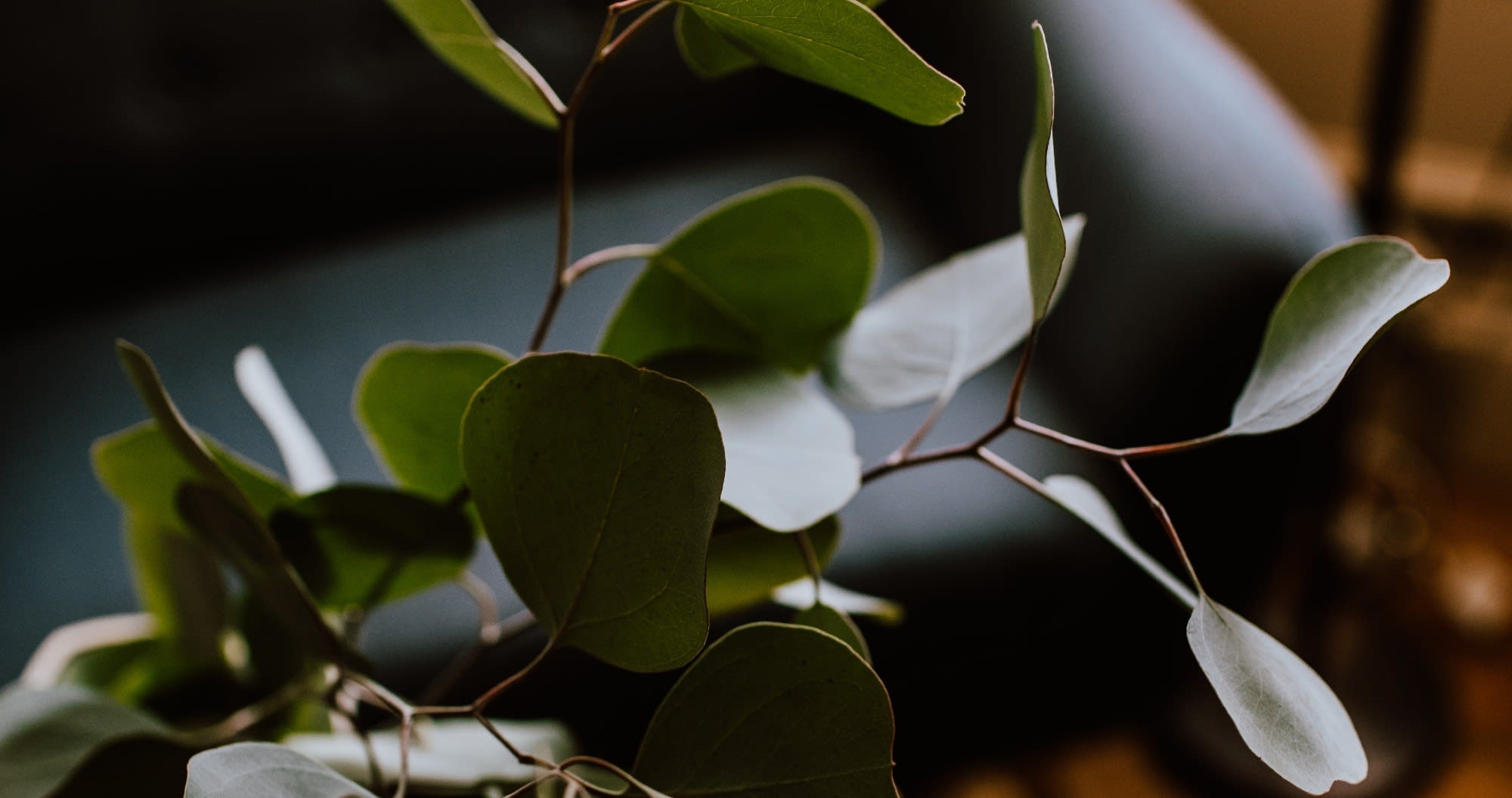
Eucalyptus: Facts, Science, and Health Benefits
A few quick bullet points on all that this Australian native has to offer
Eucalyptus is both exotic and extremely versatile, so making any kind of assumptions about how or even if you’ve ever heard about it is particularly difficult. So we’re not going to – instead, we’re going to give you a handy guide to all things Eucalyptus, so you can walk away with a better understanding of what it is, what it can do, and why it’s such an important part of Flexpower Cool bath salts and a key ingredient in Flexpower Soothe pain relief lotion.
From tinctures and staple foods to building material, there is almost nothing the eucalyptus can’t do – so take a moment to learn more about what it can do for you.

Your Eucalyptus Primer
Eucalyptus is actually a genus of over seven hundred species of flowering trees and shrubs, which are native to Australia. Roughly three-quarters of Australian forests are eucalyptus forest, and since wildfires are prevalent on the continent, many species of eucalyptus plants have evolved to re-sprout quickly because their seeds are resistant to fire damage.
In fact, eucalyptus trees grow extremely fast…for trees. Most hardwood trees mature in 18 to 25 years, but eucalyptus trees mature in about 10.
Eucalyptus is a renewable and sustainable resource. Trees regrow again and again after being harvested – in fact, some of them have been harvested for more than 100 years.
The Aboriginal people of Australia have used the eucalyptus tree for centuries, for many different things. The University of Melbourne explains how “Eucalyptus leaves were boiled to create an oil to treat bruises and cuts, or infused and inhaled to help alleviate symptoms of asthma, body aches, chills and fever. The treated bark soothed inflamed limbs.”
Eucalyptus oil has been used ease joint pain, soothe cold sores, and disinfect wounds.
Because of its high levels of an organic compound called cineole, eucalyptus leaves are toxic if eaten by most species. We say “most” because, oddly, the koala and ring-tail possum both have an immunity to the high levels of cineole. Eucalyptus leaves are actually a staple of the koala diet.
The cineole compound makes eucalyptus a natural insect repellant, and is the reason why eucalyptus is also a natural defense against malaria (cineole reduces mosquito populations).
In 17th century England, eucalyptus was used as a disinfectant in hospitals, due to its antimicrobial properties.
The wood of the eucalyptus is valuable for paper-making pulp, flooring material, and even musical instruments. The iconic Australian Aboriginal wind instrument the didgeridoo is made out of eucalyptus wood.
In 1848, an English pharmacist named Joseph Bosisto immigrated to Australia and became obsessed with how the Aboriginal people utilized the medicinal properties of eucalyptus. Bosisto’s Eucalyptus Oil was Australia’s very first native export.
You can actually “see” the oil in a eucalyptus leaf. If you hold it up to the light, you will see tiny pin pricks of white or yellow, which is the oil in the tissue of the leaf. If you crush the leaf in your fingers, you can also feel and smell the oil.

The next time you enjoy the cooling sensation of a eucalyptus-infused bath, you’ll have a new appreciation for a plant that has proven as useful as it is endlessly fascinating for centuries.
_____
Explore More:

